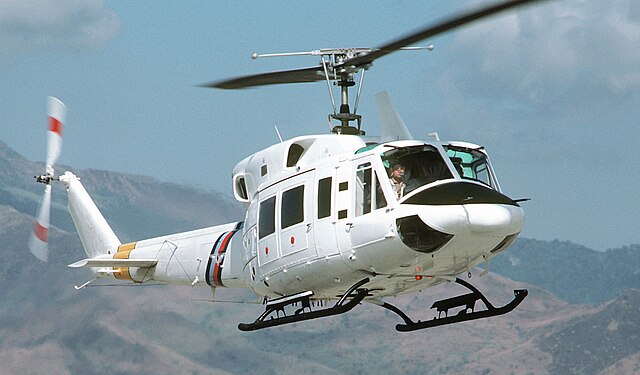Juan de la Cierva y Codorníu, 1st Count of la Cierva, was a Spanish civil engineer, pilot and a self-taught aeronautical engineer. His most famous accomplishment was the invention in 1920 of a rotorcraft called Autogiro, a single-rotor type of aircraft that came to be called autogyro in the English language. In 1923, after four years of experimentation, De la Cierva developed the articulated rotor, which resulted in the world's first successful flight of a stable rotary-wing aircraft, with his C.4 prototype.
Juan de la Cierva, inventor of the autogyro at the Lasarte Airfield in 1930
Pitcairn PCA-2 autogyro, built in the US under Cierva license, 1961.
A rotorcraft or rotary-wing aircraft is a heavier-than-air aircraft with rotary wings or rotor blades, which generate lift by rotating around a vertical mast. Several rotor blades mounted on a single mast are referred to as a rotor. The International Civil Aviation Organization (ICAO) defines a rotorcraft as "supported in flight by the reactions of the air on one or more rotors".
A Bell 47 helicopter, an early example of a powered rotorcraft
A Bell UH-1 Iroquois helicopter
A Magni M-16 Tandem Trainer autogyro
A Fairey Rotodyne prototype gyrodyne






